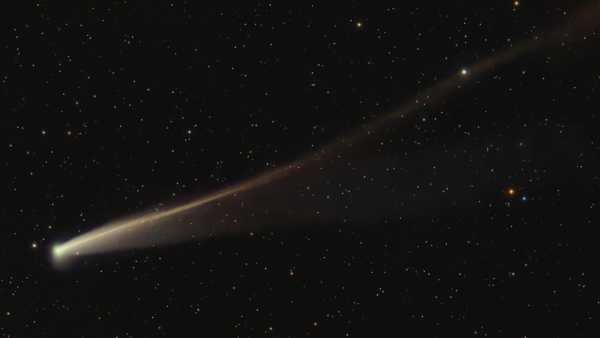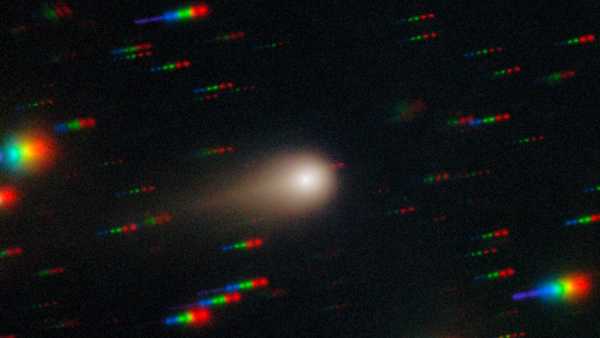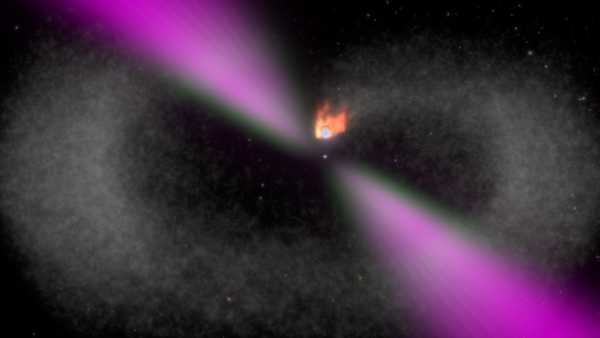
A rendering that is part of an animation of the Black Widow pulsar burning up its companion. (Image credit: NASA Goddard Spaceflight Center/Cruz deWilde)
Science advances based on data that doesn’t fit our current understanding. At least, that was the theory of Thomas Kuhn in his famous paper “On the Structure of Scientific Revolutions.” Scientists should therefore welcome new data that challenges their understanding of the universe. A recent paper, available as a preprint on arXiv, using data from the James Webb Space Telescope (JWST) may have found data that could help. It looked at an exoplanet orbiting a millisecond pulsar and found that its atmosphere was made almost entirely of pure carbon.
This type of pulsar, PSR J2322-2650, is known as a “black widow” system because it fuels its high-energy emissions by gobbling up material from a nearby star. In this case, that nearby star has likely degraded into a “hot Jupiter”-type companion planet that orbits its neutron star every 7.8 hours. The typical process of forming a black widow involves two stages: first, the neutron star (which in this case is also a pulsar) gobbles up material, and then, second, it blasts its companion with high-energy gamma rays, stripping away much of the companion’s outer layers and creating a Jupiter-sized, helium-dominated exoplanet.
The exoplanet orbiting PSR J2322-2650, known as PSR J2322-2650b, does indeed fit the description of a Jupiter-sized planet that appears to have the same density as would be expected if it were composed primarily of helium. However, its atmosphere is unlike any other black widow companion planet ever observed. According to JWST spectrographic data, its atmosphere is composed primarily of elemental carbon in the form of tricarbon (C3) or dicarbon (C2).
You may like
-
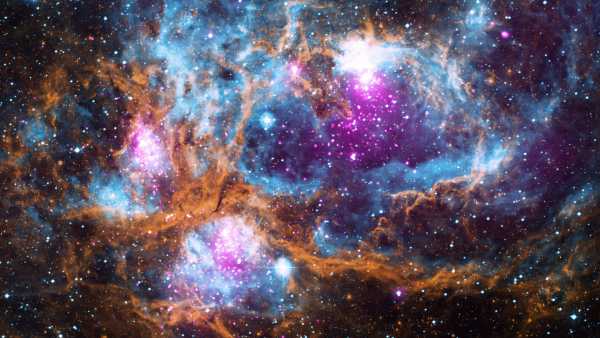
James Webb telescope detects strange disk around star that could shatter planet formation theories
-

Images from the James Webb Space Telescope show that something strange is going on with the interstellar comet 3I/ATLAS.
-
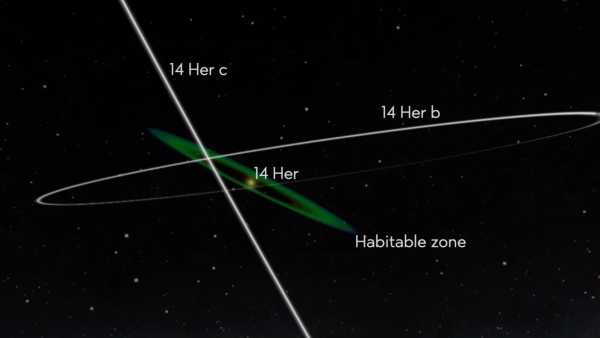
JWST Finds Cold Alien World in Strange Orbit: 'One of the Coldest, Oldest, Faintest Planets We've Seen to Date'
These elements are usually found in comet tails or in flames on Earth. Their presence in the planet's atmosphere, especially in such large quantities, is new to science.
Another interesting fact about the planet's atmosphere is the difference between the day and night sides. On the day side, which always faces the pulsar because the planet is tidally locked, temperatures can exceed 2,000 °C and show very distinct chemical signatures. However, on the night side, there were virtually no signs, suggesting that this side of the planet is covered in soot or something similar that has no distinct features.
To further prove the unusualness of this planet's atmosphere, the researchers calculated the ratio of carbon to oxygen, as well as carbon to nitrogen. The C/O ratio was over 100, and the C/N ratio was over 10,000. For comparison, on Earth the C/O ratio is 0.01, and the C/N ratio is 40. Clearly, this planet has a lot of carbon.
And that doesn't fit well with how scientists think the planet formed. In a “black widow” process, the planet's outer layers would have either been devoured by a companion star or burned away by its radiation. The fact that such a carbon-rich atmosphere still exists is a mystery. There are processes that could create such an atmosphere, such as the merger of white dwarfs with “carbon stars,” but even that doesn't explain how the planet's carbon-to-oxygen ratio became so high.
RELATED STORIES
— Rare 'black widow' star system could help unlock space-time mysteries
—The distant “galaxy” is not actually a galaxy, but one of the brightest pulsars ever discovered.
— A destroyed observatory helped SETI unlock the secrets of 'cosmic beacons' powered by extinct stars.
However, other characteristics of the planet are consistent with general theory. Circulation models predict that rapidly rotating planets like PSR J2322-2650b will have strong westerly winds, which differs from the typical easterly winds on other tidally locked hot Jupiters. JWST data show that the hottest part of the planet is about 12 degrees west of the center, the first ever observational confirmation of this westerly wind phenomenon.
In other words, PSR J2322-2650b is a contradiction in terms. It’s the perfect size and shape for a typical black widow pulsar system. Its circulation in the window also fits well with our best models. But its atmosphere is something else entirely, and scientists will have to go back to theory to try to find a way to explain it with new data. While they’re at it, JWST will continue scanning the sky for new anomalies that could spark the next scientific revolution.
TOPICS James Webb Space Telescope

Andy Thomaswick
Andy has been interested in space exploration ever since he read the book Pale Blue Dot in high school. An engineer by training, he prefers to focus on the practical challenges of space exploration, whether it’s destroying perchlorates on Mars or creating super-smooth mirrors to capture ever-sharper data. When he’s not writing or engineering, he enjoys entertaining his wife, four kids, six cats, and two dogs, or running laps to stay in shape.
You must verify your public display name before commenting.
Please log out and log back in. You will then be prompted to enter a display name.
Exit Read more
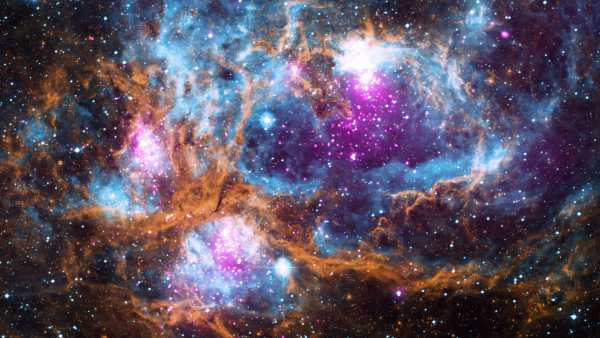
James Webb telescope detects strange disk around star that could shatter planet formation theories
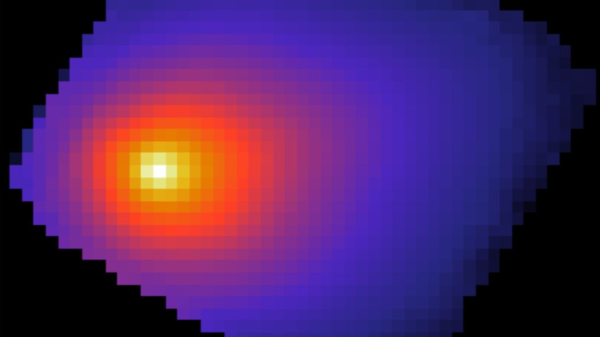
Images from the James Webb Space Telescope show that something strange is going on with the interstellar comet 3I/ATLAS.
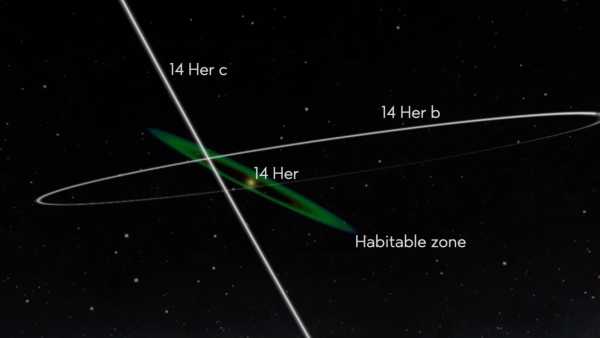
JWST Finds Cold Alien World in Strange Orbit: 'One of the Coldest, Oldest, Faintest Planets We've Seen to Date'
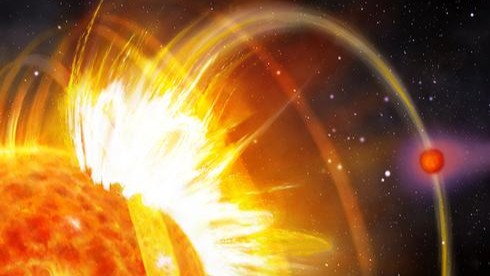
'A Whole New Phenomenon': Astronomers Discover Planet Causing Its Star to Constantly Explode
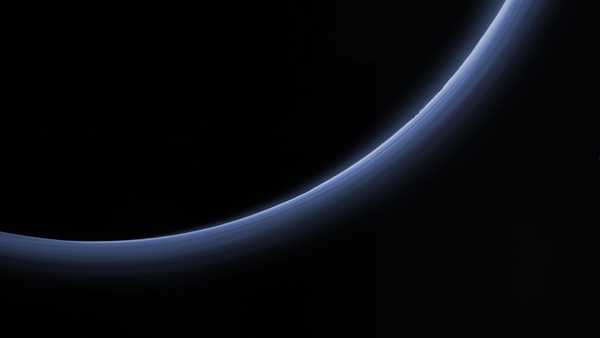
James Webb Space Telescope Finds 'New Climate' on Pluto Unlike Anywhere Else in Our Solar System
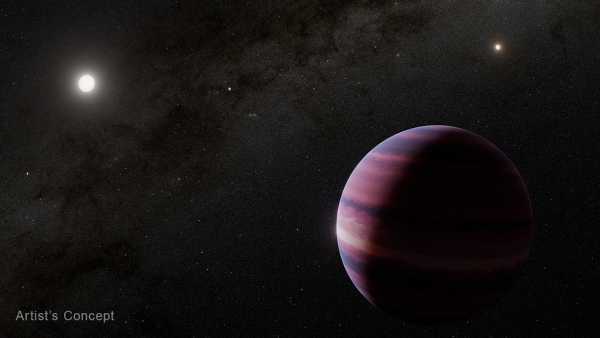
'JWST's most important discovery to date': James Webb spots – then loses – giant planet orbiting in the habitable zone of our nearest Sun-like star.
Latest news about exoplanets

Real Pandora? Newly discovered 'vanishing' planet in our neighbouring star system may have a habitable moon, like in the movie 'Avatar'.
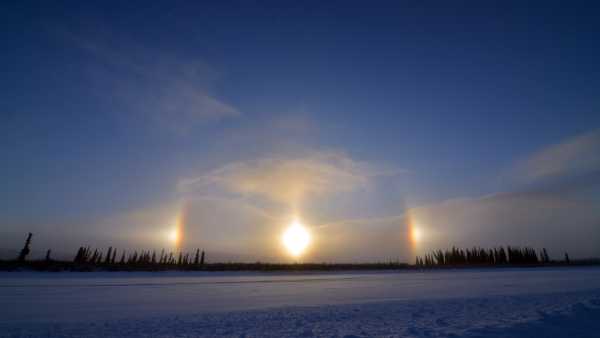
James Webb Space Telescope Suggests Stunning 'Sun Dogs' Could Be Flashing in Alien Skies
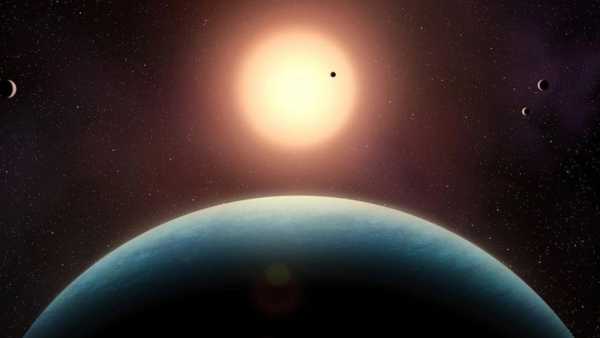
Fifth Planet Discovered Orbiting Nearby Star May Be in Habitable Zone

Doomed exoplanet caught in a 'death spiral' around its star. Can it survive?
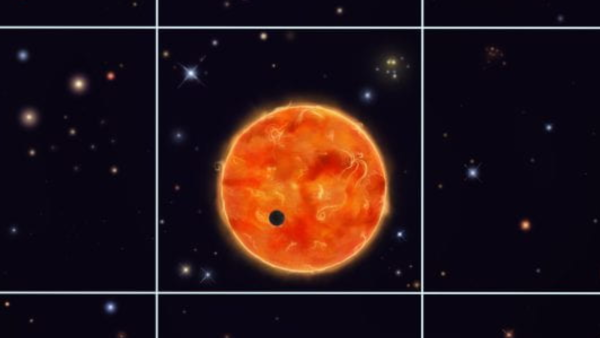
Bad news for alien life? Earth-sized planets may be less common than we thought.
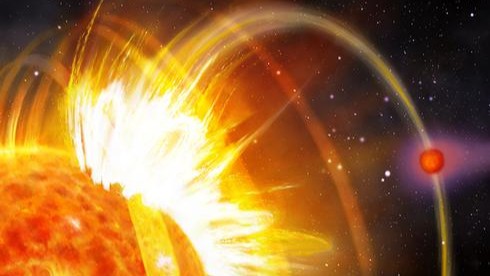
'A Whole New Phenomenon': Astronomers Discover Planet Causing Its Star to Constantly Explode
Latest news

Have you gotten the COVID vaccine this year?
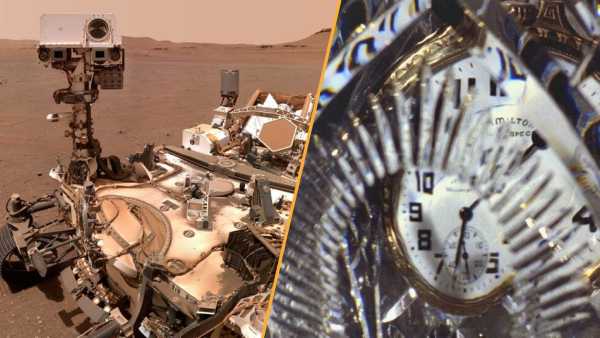
This week's science news: NASA finds compelling evidence of life on Mars, and scientists invent visible time crystals.
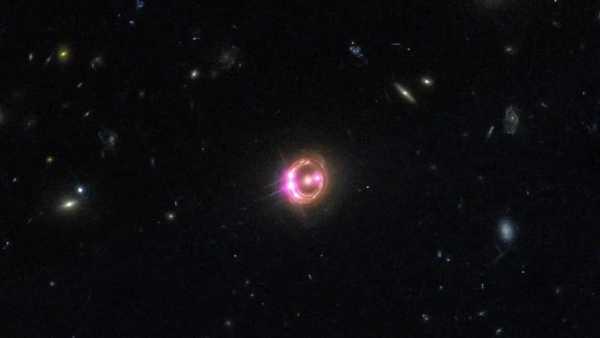
Astronomers use rare 'double zoom' to see black hole's corona in unprecedented detail

Bolivia's 350-Year-Old Mummified Head Is Not What It Seems

'Almost like science fiction': European ant is the first known animal to clone members of another species.
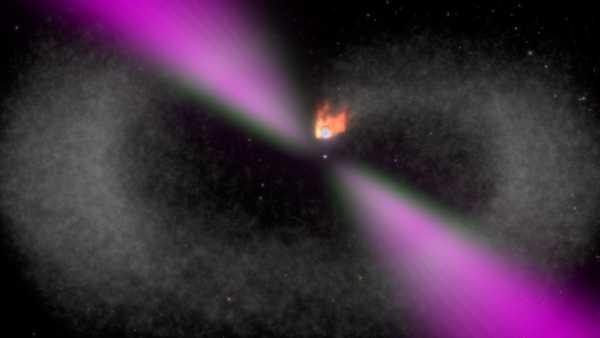
JWST discovers planet with all-carbon atmosphere orbiting 'black widow' star
LATEST ARTICLES

1Artificial intelligence is gaining momentum – how does it affect the way we use the Internet?
Live Science is part of Future US Inc., an international media group and leading digital publisher. Visit our corporate website.
- About Us
- Contact Future experts
- Terms and Conditions
- Privacy Policy
- Cookie Policy
- Accessibility Statement
- Advertise with us
- Web Notifications
- Career
- Editorial Standards
- How to present history to us
© Future US, Inc. Full 7th Floor, 130 West 42nd Street, New York, NY 10036.
var dfp_config = { “site_platform”: “vanilla”, “keywords”: “type-news-daily,type-crosspost,exclude-from-syndication,serversidehawk,videoarticle,van-enable-adviser-
Sourse: www.livescience.com



